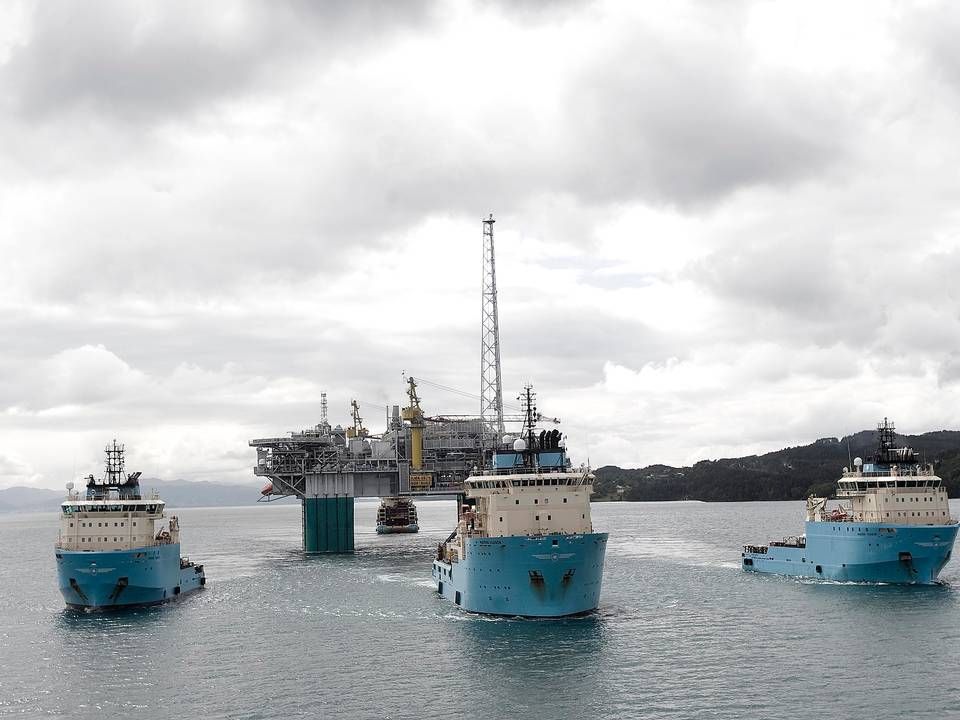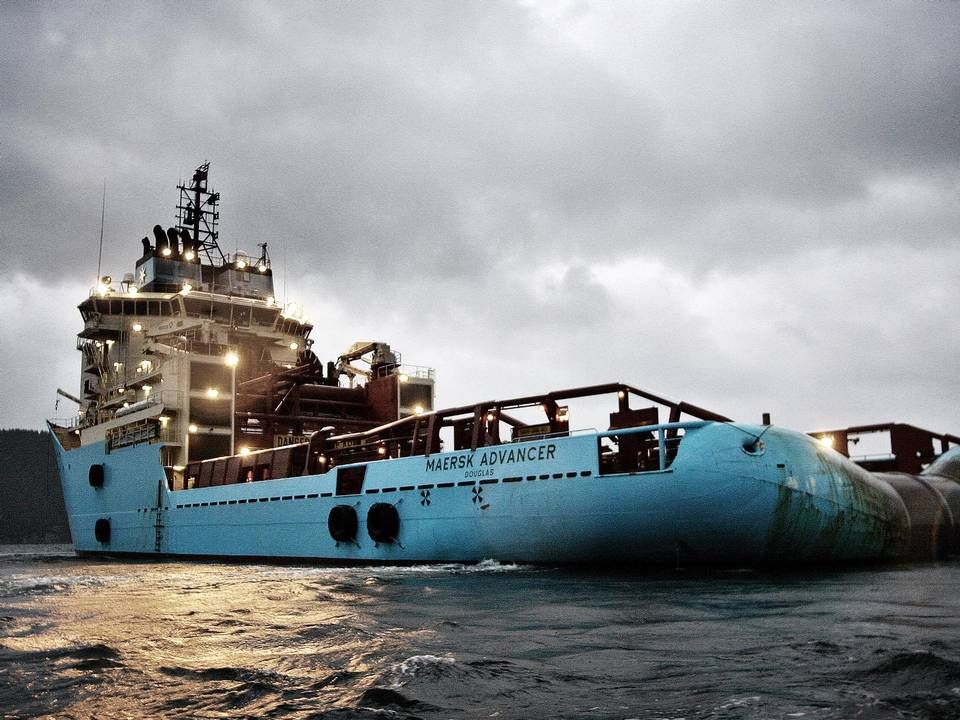Maersk Supply to scrap every sixth vessel in the fleet

For a long time, far more vessels have been supplying the offshore sector than were actually needed. In lieu of the prospects of the market never regaining balance on its own, Maersk Supply Service is now resorting to drastic measures and expects to scrap about every sixth ship in the fleet.
"We see a big difference between supply and demand in the market and this difference actually looks set to grow in the near future," says Maersk Supply Service CEO Jørn Madsen tells ShippingWatch.
"Our position has been that our older vessels, of which many are idled, can be our contribution to restoring balance in the market," he adds.
A total of 20 vessels in the Maersk Supply Service fleet of 56 ships will be sold over the next 18 months, which means that 400 jobs at sea will disappear. So far no deals have been signed with potential buyers, and it remains to be decided exactly which vessels will be divested.
"We are still working on the plan, and we're working on both sales and scrapping," Jørn Madsen says, adding that "the majority" will probably be scrapped.
Moving towards the project market
Maersk Supply Service currently has 13 vessels idled, and Jørn Madsen would go as far as to say that not all the idled ships will be sold. He also notes that the 20 vessels are exclusively platform supply vessels (PSV) and anchor handling tug supply vessels (AHTS). The plan is that none of the 20 vessels should compete in their current segments after being sold, and as an example of what the vessels can be used for, Jørn Madsen mentions the possibility of reconstructing the ships into floating power plants.
"We will move further into the SSV market, which are project vessels, and that will help along the transition we talked about earlier, where we want to be in anchor handling and in the SSV market," he says.
Ship register limitations trigger out-flagging
Consensus among stakeholders and observers of the offshore industry is that vessel scrapping is crucial in terms of restoring the balance on the market. However, this is easier said than done, as the sector is characterized by being very fragmented, and for a relatively small shipowner, it is a very big step to be the first to scrap a ship instead of holding out for recovery.
Additionally, there is very little money for shipowners to make on selling offshore vessels as scrap, as these vessel types, in spite of high newbuilding prices and unlike in segments including dry bulk, tanker, and container, do not contain significant value in steel.
At Maersk Supply Service, the divestment of 20 ships corresponds to one third of the current fleet. The carrier has also announced that four newbuildings will be flagged in the Isle of Man. Another five vessels, four of which are registered in the Danish International Ship Register (DIS) and one flagged in the Bahamas, will also in time be flagged in the Isle of Man.
According to Jørn Madsen, this is because the four Stingray newbuildings are the type that cannot be registered in DIS due to the structure of the current Danish framework conditions. British conditions are a better fit, and with the delivery of the vessels approaching, a decision had to be made, he explains.
"The four Stingrays can obtain a deal in the UK, which corresponds to DIS, and that is the main reason for flagging them there," he says, adding that the reason for re-flagging five vessels out of DIS to the UK is related to the flag on the newbuidlings.
"In a business context it made sense to move the five AHTS vessels with crank capacity to the UK at the same time, so that we have the whole project fleet together."
So that means that nine vessels will end up in the UK because four of your newbuildings cannot be flagged in DIS?
"Yes."
Is it too late if the Danish framework conditions are changed?
"You have to keep in mind that this is a major decision which involves a lot of people on the vessels. We wanted to flag them in DIS but we had to make a decision about this. And it's hard to say what will happen going forward."
The announcement from Maersk Supply Service gave rise to great concern at the union Dansk Metal's Maritime Division/ CO-Søfart (DMMA).
"At DMMA we are very concerned about the prospects for employment of Danish seafarers going forward. Not just at Maersk but in the whole offshore sector," says Ole Philipsen, chairman of the DMMA.
Maersk Supply Service to lay off 400 people and sell 20 vessels
Related articles
Maersk Group ditches investment banks
For subscribers
Does Maersk want to be the last man standing in offshore?
For subscribers




















